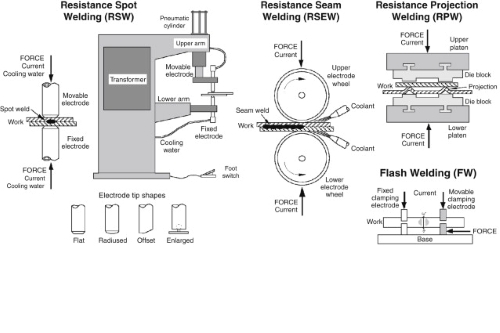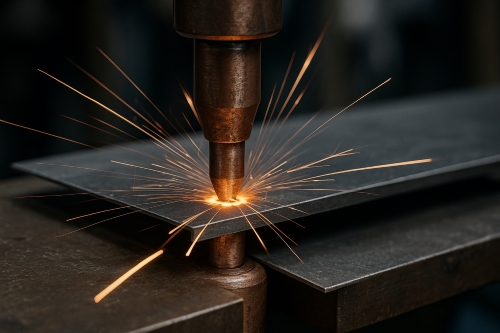Flexural Strength of Composite Materials
Introduction
Composite materials consist of at least two distinct substances that are combined to enhance properties. In this review, we discuss how the materials resist bending loads.
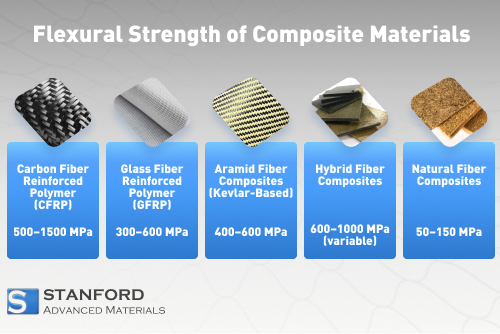
Carbon Fiber Reinforced Polymer
Carbon Fiber Reinforced Polymer typically resists temperatures of approximately 500°C and possesses flexural strengths of about 1500 MPa. It is often utilised for constructing aircraft and high-performance automobiles. It exhibits significant strength while being lightweight. For instance, bicycles and racing cars employ this composite material to enhance performance. In structural applications, its bending resistance makes it a sought-after material. The carbon fibres are oriented to effectively resist stress. They produce a hard and strong material when combined with resin. Many designers rely on its high strength-to-weight ratio. The balance of flexural strength and thermal resistance renders this composite very suitable for demanding applications.
Glass Fiber Reinforced Polymer
Glass Fiber Reinforced Polymer operates efficiently at temperatures up to 300°C with a flexural strength of about 600 MPa. This composite is commonly used in construction and in wind turbine blades. It offers a satisfactory balance between cost and performance. The glass fibres provide high strength, and the resin effectively binds the structure. This material is applicable in boat hulls and in sports equipment. It is more affordable compared to carbon fibre composites. The performance figures make it an appropriate cost-effective option where extreme strength is not required. It is frequently used in numerous applications due to design engineers valuing its strength and ease of production during repairs or modifications.
Aramid Fiber Composites (Kevlar-Based)
Aramid Fiber Composites, including Kevlar-based types, perform well up to 400°C and can withstand flexural loads around 600 MPa. They are recognised for their toughness and good impact resistance. These materials are used in protective equipment and certain vehicle components. Kevlar composites are particularly suited for body armour due to their energy-absorbing capability. Their flexural strength is adequate for most moderate loading applications. The inherent fibre structure allows them to be flexible without a tendency to shatter easily. Such stability under stress makes them the preferred choice in safety-critical applications. They also respond to heat, thereby enhancing adaptability.
Hybrid Fiber Composites
Hybrid Fiber Composites are varied, with flexural strengths reaching up to 600°C and approximately 1000 MPa. Hybrid materials merge properties of multiple fibres to fine-tune performance. Typically, they involve a combination of carbon fibres and glass fibres. The objective is to achieve the optimal qualities of each material. Designers can customise the mixture based on specified rigidity or flexibility. Hybrid composites are found in sports equipment and electronic enclosures. Their versatility in design appeals to engineers who must consider cost against strength and weight. Such composites may become essential elements of innovative solutions in industries where pure carbon or pure glass fibre alone would not suffice.
Natural Fiber Composites
Natural Fiber Composites perform optimally at lower temperatures, up to around 50°C, and possess flexural strengths of approximately 150 MPa. These composites include fibres such as jute, hemp, or flax with a biodegradable resin. They provide an eco-friendly solution for applications in automotive interiors, packaging, and building panel markets. Although their performance is below that of synthetic products, their renewability and cost-effectiveness attract designers. The increasing interest in sustainable materials makes these composites appealing for further development. In less demanding applications where high temperatures or heavy loads are not an issue, natural fibre composites offer adequate performance with added environmental benefits.
Conclusion
Numerous composite materials exist to meet a variety of engineering applications. Each category has its benefits and drawbacks.
Carbon Fiber Reinforced Polymer is strong and heat resistant. Glass Fiber Reinforced Polymer is cost-effective and suitable for general use. Aramid Fiber Composites are resistant to impact and moderate bending loads. Hybrid Fiber Composites allow engineers to customise according to specific requirements. Natural Fiber Composites offer an environmentally conscious solution with reduced performance.
Frequently Asked Questions
F: What does flexural strength measure?
Q: It measures the resistance of a material against bending forces.
F: Can hybrid fibre composites be engineered?
Q: Yes, their properties can be varied by blending fibres of different types.
F: Are natural fibre composites suitable for high temperature?
Q: No, they are intended for use at low temperatures.

 Bars
Bars
 Beads & Spheres
Beads & Spheres
 Bolts & Nuts
Bolts & Nuts
 Crucibles
Crucibles
 Discs
Discs
 Fibers & Fabrics
Fibers & Fabrics
 Films
Films
 Flake
Flake
 Foams
Foams
 Foil
Foil
 Granules
Granules
 Honeycombs
Honeycombs
 Ink
Ink
 Laminate
Laminate
 Lumps
Lumps
 Meshes
Meshes
 Metallised Film
Metallised Film
 Plate
Plate
 Powders
Powders
 Rod
Rod
 Sheets
Sheets
 Single Crystals
Single Crystals
 Sputtering Target
Sputtering Target
 Tubes
Tubes
 Washer
Washer
 Wires
Wires
 Converters & Calculators
Converters & Calculators
 Write for Us
Write for Us
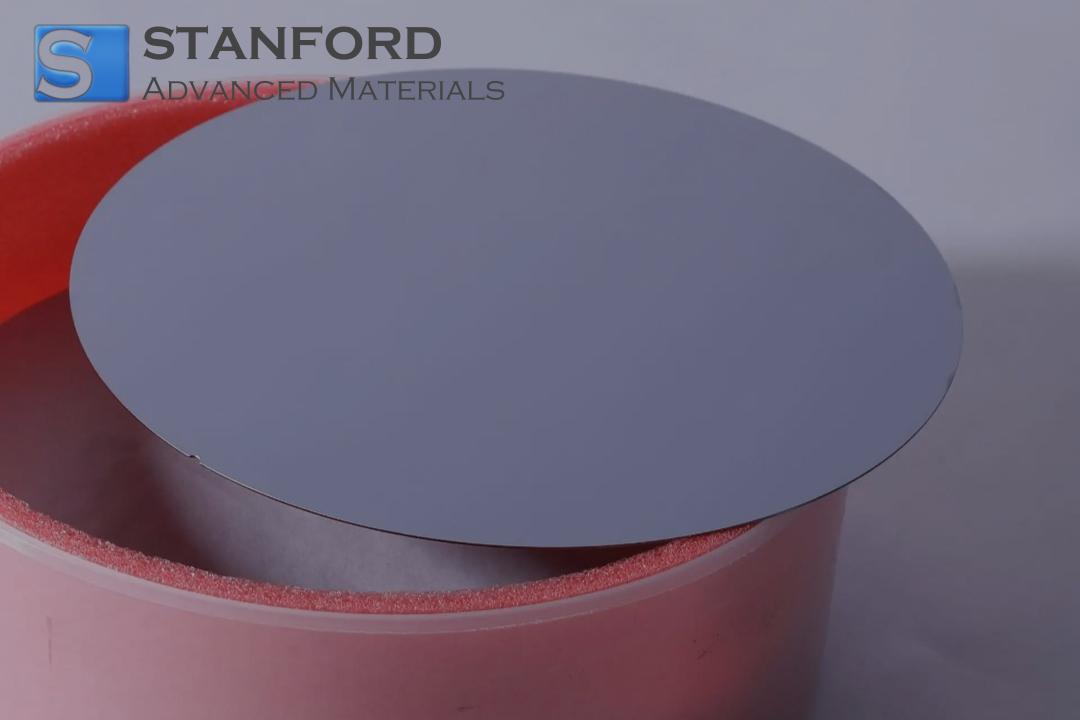
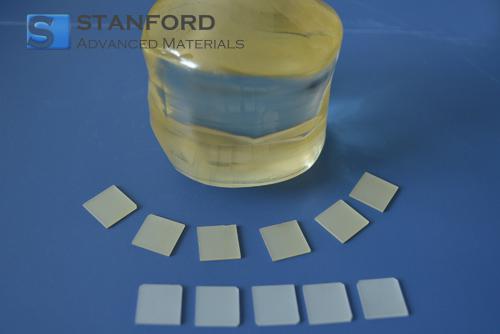
 Chin Trento
Chin Trento


